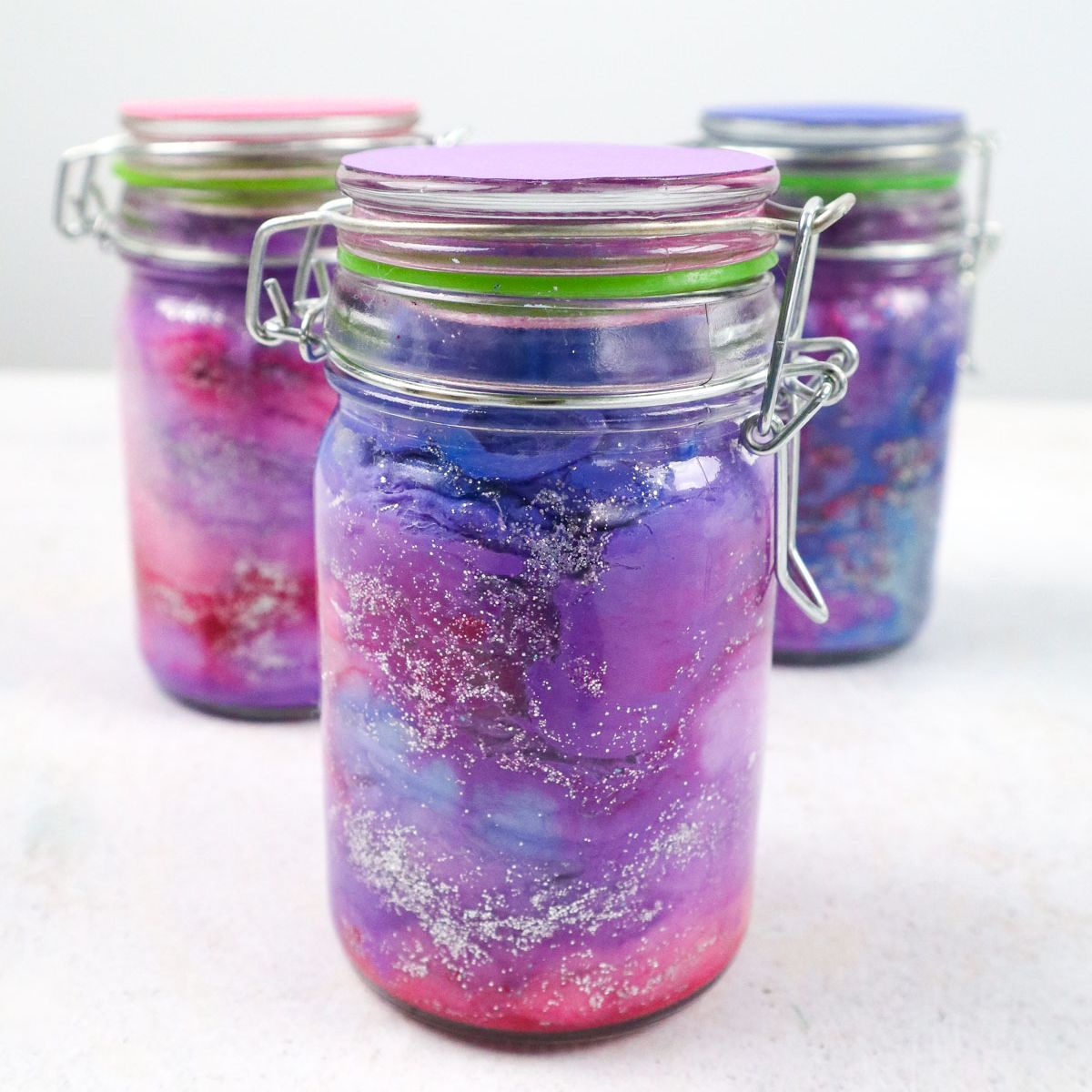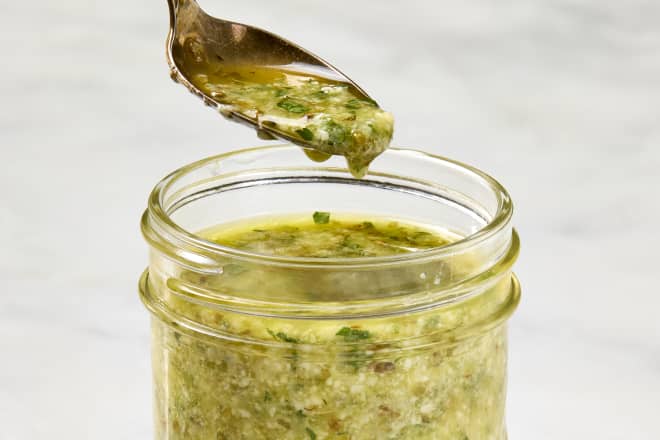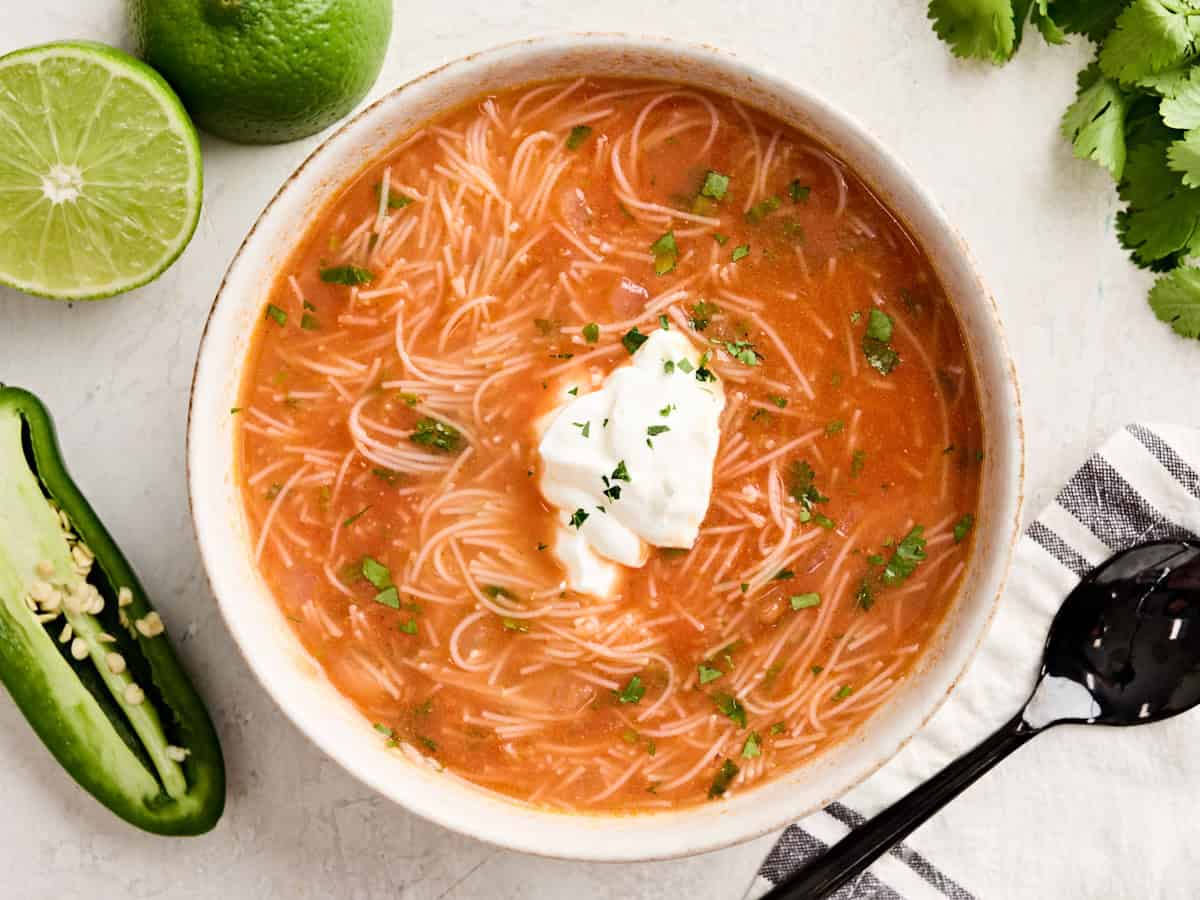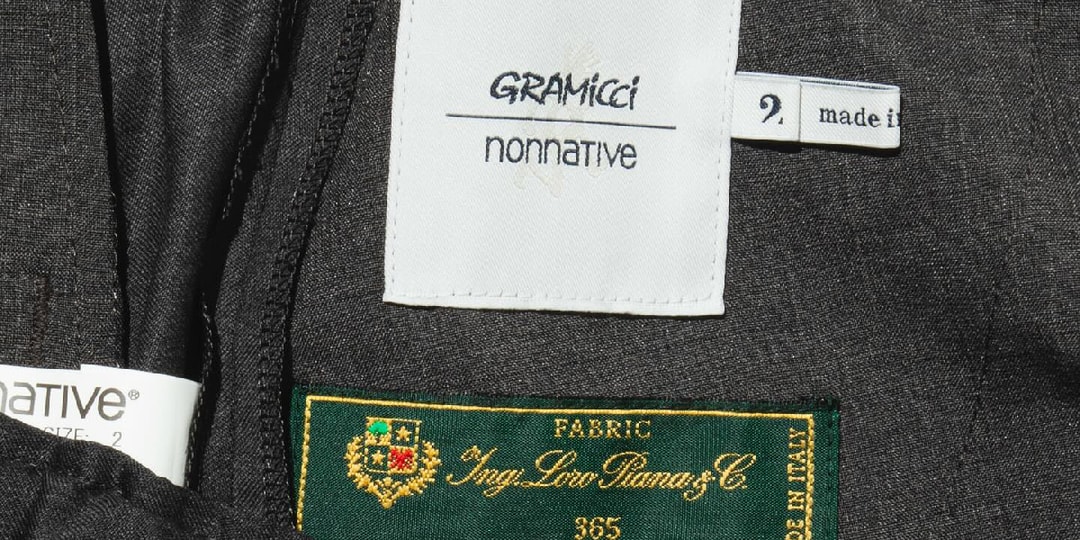Dear Atlas: What International Food Can I Legally Bring Into the U.S.?
Dear Atlas is Atlas Obscura’s travel advice column, answering the questions you won’t find in traditional guidebooks. Have a question for our experts? Submit it here. * * * Dear Atlas, Hyper-specific regional foods are my favorite gift to buy friends back home while I’m traveling, but I’m a bit paranoid of U.S. customs. What are some unique (preferably non-perishable!) foods that I can legally bring into the country? The dogs wandering between people at international airport arrivals are very cute. Wearing little vests labeled “agriculture,” the animals get visibly excited when they smell an apple in luggage at baggage claim, frantically wagging their tails and eagerly looking up for a treat. The canines eat the treat, but not the fruit, which is confiscated and later destroyed. The potential $300 fine—which can go up to $10,000—for the first-time offenders who brought the snack is not so cute. Your concern for the topic is understood, because you certainly can’t bring just any food into the U.S. As the canine knows, almost all fresh and dried fruit and vegetables are not allowed into the country. Dogs also get very excited to find meat, which is generally denied entry, as it’s banned from several foreign countries or must meet complicated requirements and have proof of origin. That includes dried meats, so you must unfortunately leave the jamón ibérico in Spain and the biltong in South Africa. Milk and eggs are similarly complicated and best avoided. That being said, you can still bring a taste of your travels with you, since many types of food are perfectly legal to carry across the border. Just remember that all food must be declared, which is required so agents can inspect items and ensure they aren’t carrying diseases or pests. Even if your item isn’t allowed, you won’t be penalized, since the fee is only slapped on those who don’t declare. Then it’s generally fine to pack less than 50 pounds of packaged spices, tea, ground coffee, baked goods, hard cheese, jams, pickles, condiments, chocolate, and candy. Seafood, curiously, is also typically okay. And when it comes to snacks, the world is your customs-declared oyster. That immediately brings us to Japan, which is famously a snack utopia. You can’t go wrong stocking up at any convenience store or 7-11 across the country, whether buying onigiri rice balls flavored with salmon eggs or ketchup, rice, and egg; colorful and seasonally shaped wagashi sweets; or soy-sauce or sea-urchin flavored bakauke. Or try to buy as many flavors of KitKats as you can—such as sake and the beloved green tea—which you just can’t get in America. Even though KitKats are originally from England, you can find another similar variety in Norway, called Kvikk Lunsj, which are also chocolate-covered wafers in breakable sticks. Or for a more uniquely Scandinavian snack, get your hands on some salmiak. The treat has a bittersweet pairing of licorice root extract and ammonium chloride, which some have compared to a confusing assault on the taste buds that may clear your sinuses. Licorice is cherished throughout much of Scandinavia, but an extra twist is added in Finland with Terva Leijona, which is tar flavored. A quintessential sweet to bring to the U.S. from Australia is the almost unanimously adored Tim Tam or the more unique musk sticks, which could be described as edible perfume. Similarly, a ubiquitous treat that will earn you points with your South American friends is an alfajor, which has insides thick with dulce de leche. Or scavenge the multi-tiered version from Peru known as a King Kong. Another food as easy to import as candy are chips—and worldwide flavor options get interesting. Some varieties you’re less likely to find in the U.S. are Korean honey butter chips, wasabi seaweed chips from Japan, and the salted egg version from Singapore. But one flavor that hasn’t spread much beyond Canada are ketchup chips, which have something of a cult following. Since customs have no issue with seafood, look out for cuttlefish gum in Singapore, squid jerky from Taiwan, or prawn crackers from several countries in Asia. Dead bugs also have a stamp of approval, so pick up some chapulines from Mexico, crispy grasshoppers that are particularly tasty with lime. As long as the arthropods are dead, you don’t need a permit to bring such insects into the U.S. In any case, having the food in commercial packaging will likely get you through inspections faster. If you like heat, pack some incredibly spicy chili oil from Rwanda or some mamba from Haiti into your checked bags, since yes, the TSA ruled that peanut butter (no matter how spicy) is a liquid that can’t go in carry-on if it exceeds 3.4 ounces. Other liquids that should be carefully padded in checked luggage include piney spruce-tip soda from Canada, a Scottish soda called Irn Bru made from orange and iron with a slight taste of rust, tarkhuna soda made from tarragon in Georgia, or spicy masala-flavored Banta soda from India
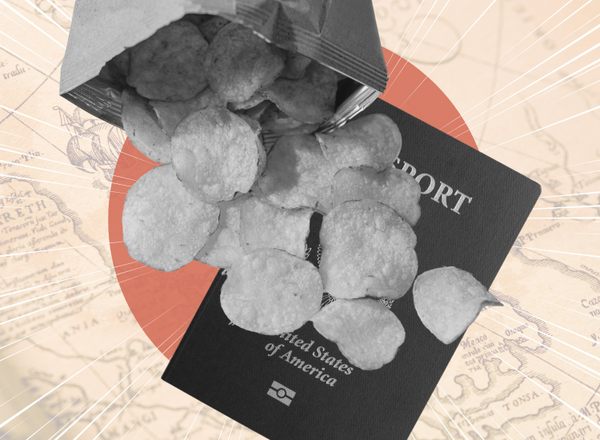
Dear Atlas is Atlas Obscura’s travel advice column, answering the questions you won’t find in traditional guidebooks. Have a question for our experts? Submit it here.
* * *
Dear Atlas,
Hyper-specific regional foods are my favorite gift to buy friends back home while I’m traveling, but I’m a bit paranoid of U.S. customs. What are some unique (preferably non-perishable!) foods that I can legally bring into the country?
The dogs wandering between people at international airport arrivals are very cute. Wearing little vests labeled “agriculture,” the animals get visibly excited when they smell an apple in luggage at baggage claim, frantically wagging their tails and eagerly looking up for a treat. The canines eat the treat, but not the fruit, which is confiscated and later destroyed. The potential $300 fine—which can go up to $10,000—for the first-time offenders who brought the snack is not so cute.
Your concern for the topic is understood, because you certainly can’t bring just any food into the U.S. As the canine knows, almost all fresh and dried fruit and vegetables are not allowed into the country. Dogs also get very excited to find meat, which is generally denied entry, as it’s banned from several foreign countries or must meet complicated requirements and have proof of origin. That includes dried meats, so you must unfortunately leave the jamón ibérico in Spain and the biltong in South Africa. Milk and eggs are similarly complicated and best avoided.
That being said, you can still bring a taste of your travels with you, since many types of food are perfectly legal to carry across the border. Just remember that all food must be declared, which is required so agents can inspect items and ensure they aren’t carrying diseases or pests. Even if your item isn’t allowed, you won’t be penalized, since the fee is only slapped on those who don’t declare. Then it’s generally fine to pack less than 50 pounds of packaged spices, tea, ground coffee, baked goods, hard cheese, jams, pickles, condiments, chocolate, and candy. Seafood, curiously, is also typically okay. And when it comes to snacks, the world is your customs-declared oyster.
That immediately brings us to Japan, which is famously a snack utopia. You can’t go wrong stocking up at any convenience store or 7-11 across the country, whether buying onigiri rice balls flavored with salmon eggs or ketchup, rice, and egg; colorful and seasonally shaped wagashi sweets; or soy-sauce or sea-urchin flavored bakauke. Or try to buy as many flavors of KitKats as you can—such as sake and the beloved green tea—which you just can’t get in America.
Even though KitKats are originally from England, you can find another similar variety in Norway, called Kvikk Lunsj, which are also chocolate-covered wafers in breakable sticks. Or for a more uniquely Scandinavian snack, get your hands on some salmiak. The treat has a bittersweet pairing of licorice root extract and ammonium chloride, which some have compared to a confusing assault on the taste buds that may clear your sinuses. Licorice is cherished throughout much of Scandinavia, but an extra twist is added in Finland with Terva Leijona, which is tar flavored.
A quintessential sweet to bring to the U.S. from Australia is the almost unanimously adored Tim Tam or the more unique musk sticks, which could be described as edible perfume. Similarly, a ubiquitous treat that will earn you points with your South American friends is an alfajor, which has insides thick with dulce de leche. Or scavenge the multi-tiered version from Peru known as a King Kong.
Another food as easy to import as candy are chips—and worldwide flavor options get interesting. Some varieties you’re less likely to find in the U.S. are Korean honey butter chips, wasabi seaweed chips from Japan, and the salted egg version from Singapore. But one flavor that hasn’t spread much beyond Canada are ketchup chips, which have something of a cult following.
Since customs have no issue with seafood, look out for cuttlefish gum in Singapore, squid jerky from Taiwan, or prawn crackers from several countries in Asia. Dead bugs also have a stamp of approval, so pick up some chapulines from Mexico, crispy grasshoppers that are particularly tasty with lime. As long as the arthropods are dead, you don’t need a permit to bring such insects into the U.S. In any case, having the food in commercial packaging will likely get you through inspections faster.
If you like heat, pack some incredibly spicy chili oil from Rwanda or some mamba from Haiti into your checked bags, since yes, the TSA ruled that peanut butter (no matter how spicy) is a liquid that can’t go in carry-on if it exceeds 3.4 ounces. Other liquids that should be carefully padded in checked luggage include piney spruce-tip soda from Canada, a Scottish soda called Irn Bru made from orange and iron with a slight taste of rust, tarkhuna soda made from tarragon in Georgia, or spicy masala-flavored Banta soda from India and lemony Ramune soda from Japan, both packed in 19th-century bottles.
Of course it’s always a great idea to similarly bring back regional alcohol, as long as you pay duty taxes (usually a couple dollars) upon entering the country. It’s worth it to bring back South African Amarula liqueur made from marula fruit that elephants love, pox made from fermented corn in Mexico, feni distilled from cashews in India, vodka made from tulips from the Netherlands, or hyper-regional wine and beer such as the kind made from desert fog in Chile or smoked dung in Iceland.
* * *
Danielle Hallock is a former senior editor at Atlas Obscura, Thrillist, and Culture Trip, as well as a writer for National Geographic, Well+Good, and Time Out. She's been working in travel since 2018, after four years as a managing editor at Penguin Random House. As a Chilean-American, crossing cultures and mountains is in her nature, and she continues to grow her collection of books, bagged summits, and passport stamps. Though she has a hard time sitting still, Brooklyn has become her base camp.
































































































